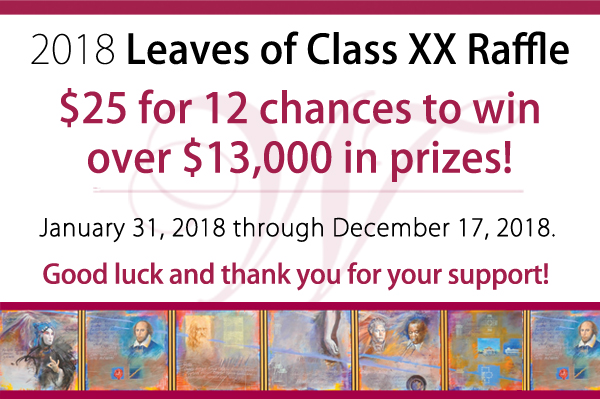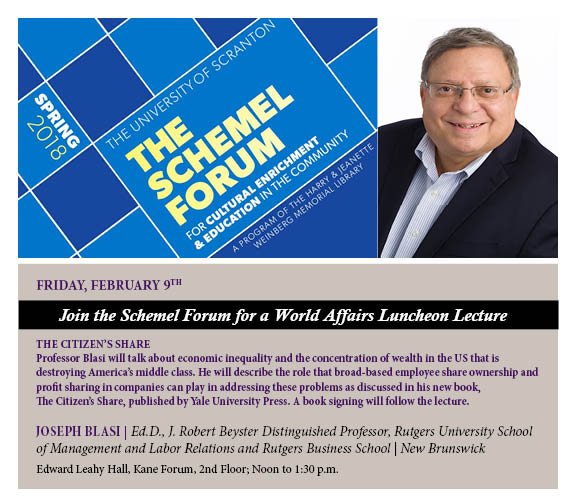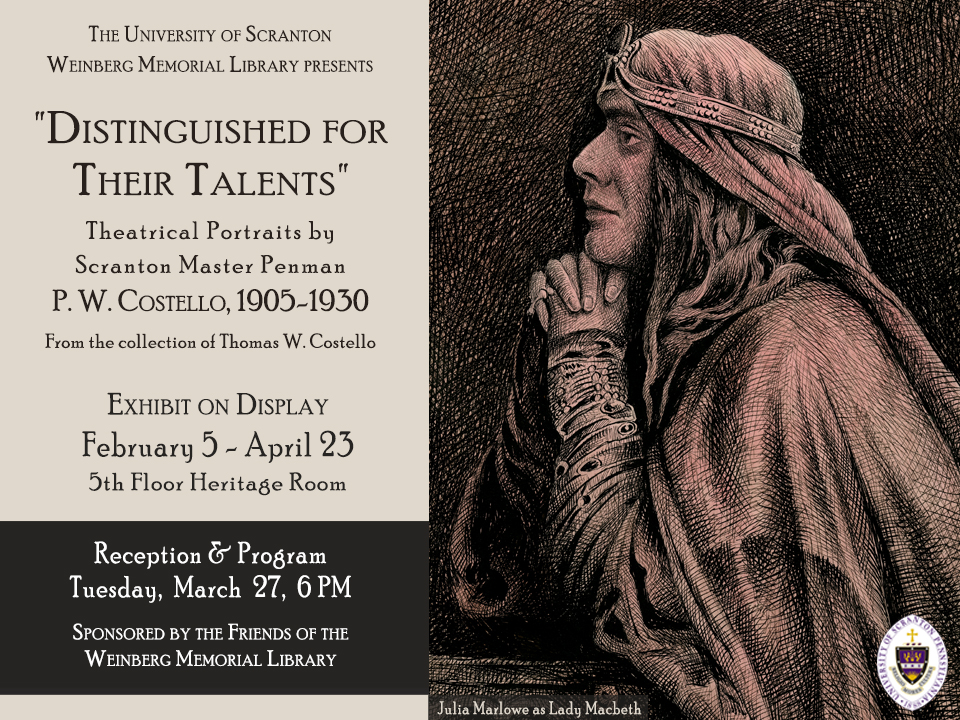Congratulations to Yvette Vinson of Dalton, who won the following prizes:
Entertainment: Actors Circle: 1 set of 2 tickets for 2017-2018 season of shows; Broadway Theatre League of NEPA: 2 tickets to the opening night of A Chorus Line (Feb. 23); F.M. Kirby Center: 2 orchestra seat tickets to the Howard Gospel Choir (Feb. 17); Scranton Cultural Center: 1 voucher for up to 4 complimentary tickets to a membership season series of shows presented and produced exclusively by the Scranton Cultural Center; PNC Bank: 4 club seats at the Mohegan Sun Arena to see the Wilkes-Barre/Scranton Penguins (Mar. 25)
Culinary Delights: Applebee’s ($25 gift certificate); Aramark (25 free coffee or café beverage gift certificates); AV ($50 gift certificate); LongHorn Steakhouse ($25 gift card); P.J. Scanlan’s ($25 gift certificate); Sidel’s Restaurant ($30 gift card).
Memberships: Everhart Museum: 1 – family membership.
Wellness: Crunch Fitness: 1 – three month Peak Plus membership with 2 personal training sessions; Montage Mountain Resorts: 4 Extended Lift Tickets; Bella Natura – $50 gift card (courtesy of Sidney Prejean).
And More!: 3-bottle pack of White Birch Vineyard wine (courtesy of William Varady); Amazon ($25 gift certificate).
Didn’t win this month? That’s ok, because you still have ELEVEN more chances to win!
To purchase entries online, visit: www.scranton.edu/leaves. To request mailed brochures, contact Kym Balthazar Fetsko – kym.fetsko@scranton.edu, 570.941.7816.
Thank you & good Luck!






